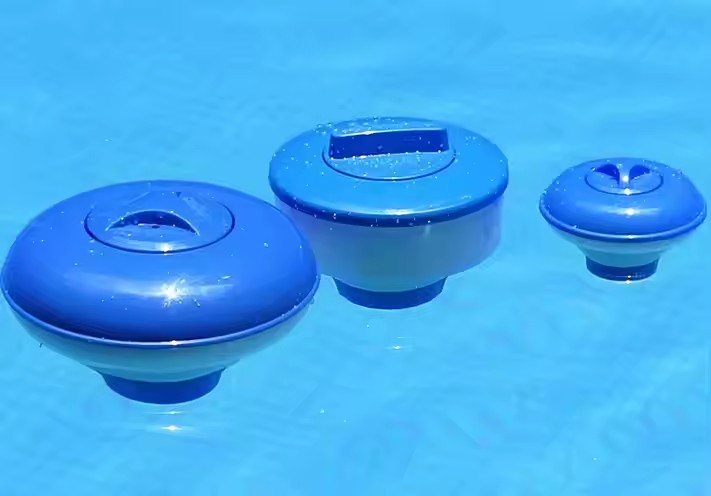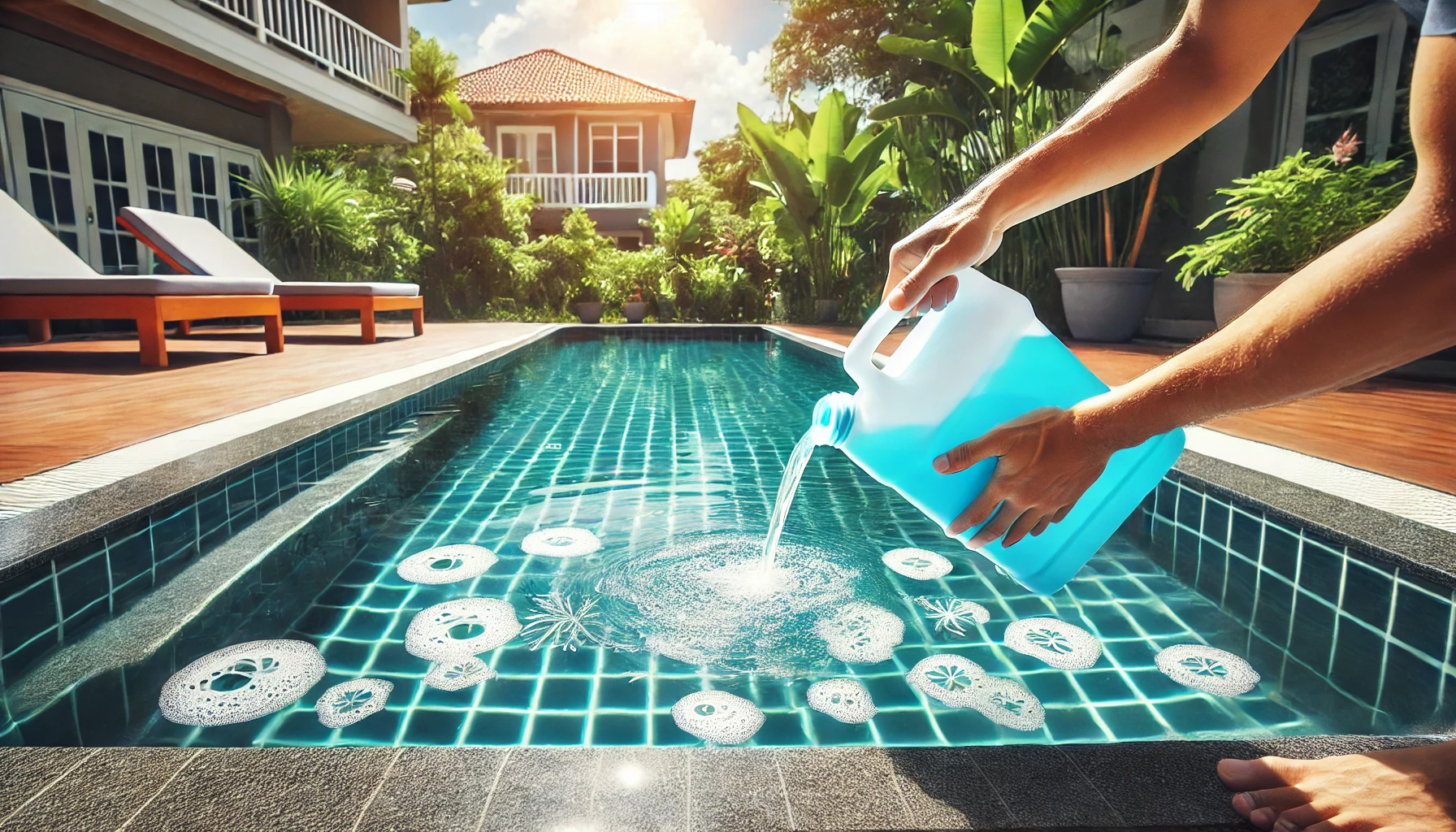Pool sand filters play a vital role in maintaining the cleanliness and clarity of swimming pool water. Among their various functions, one of the most critical aspects is their filtration precision. This article explores the intricate workings of pool sand filters, delving into their filtration mechanisms and the factors that influence their precision.
Understanding Pool Sand Filters
Pool sand filters are widely used in residential and commercial swimming pools for mechanical filtration. They operate by passing water through a bed of fine sand, which traps contaminants and debris present in the pool water.
Filtration Mechanism
The filtration process in a pool sand filter involves several stages. As water enters the filter tank, it first passes through a diffuser, which evenly distributes the water across the surface of the sand bed. The water then percolates through the sand, where particles and impurities are trapped.
Particle Size
The filtration precision of a pool sand filter depends on the size of particles it can effectively capture. Sand filters typically remove particles ranging from 20 to 40 microns in size. These particles include dirt, leaves, pollen, and some bacteria commonly found in pool water.
Factors Influencing Filtration Precision
- Sand Grade: The grade and quality of the sand used in the filter significantly affect its filtration precision. Finer sand grains with a uniform size distribution result in better filtration compared to coarser sands.
- Flow Rate: The rate at which water flows through the filter, measured in gallons per minute (GPM), influences filtration precision. Higher flow rates may reduce filtration efficiency as water passes through the sand bed too quickly, leaving behind some particles.
- Backwashing Frequency: Regular backwashing is essential to maintain the effectiveness of a pool sand filter. Over time, trapped debris can clog the sand bed, reducing filtration precision. By backwashing the filter periodically, accumulated debris is flushed out, restoring filtration efficiency.
- Pool Usage: The frequency and intensity of pool usage also affect filtration precision. Higher usage levels introduce more contaminants into the water, requiring the filter to work harder to maintain water clarity.

Enhancing Filtration Precision
- Sand Replacement: Periodic sand replacement is recommended to ensure optimal filtration precision. Over time, sand grains can wear down and become less effective at trapping particles. By replacing the sand every 5 to 7 years, the filter’s performance can be restored.
- Proper Maintenance: Regular maintenance, including backwashing, cleaning the filter components, and monitoring water chemistry, is crucial for maintaining filtration precision. Neglecting maintenance can lead to decreased efficiency and water quality issues.
Conclusion
In conclusion, the filtration precision of pool sand filters is essential for maintaining clean and clear swimming pool water. Understanding the mechanisms and factors influencing filtration precision is crucial for proper filter maintenance and optimal performance. By ensuring the correct sand grade, controlling flow rates, and implementing regular maintenance practices, pool owners can enjoy sparkling clean water throughout the swimming season. Investing time and effort in maintaining pool sand filters ultimately contributes to a more enjoyable and hygienic swimming experience for all.


